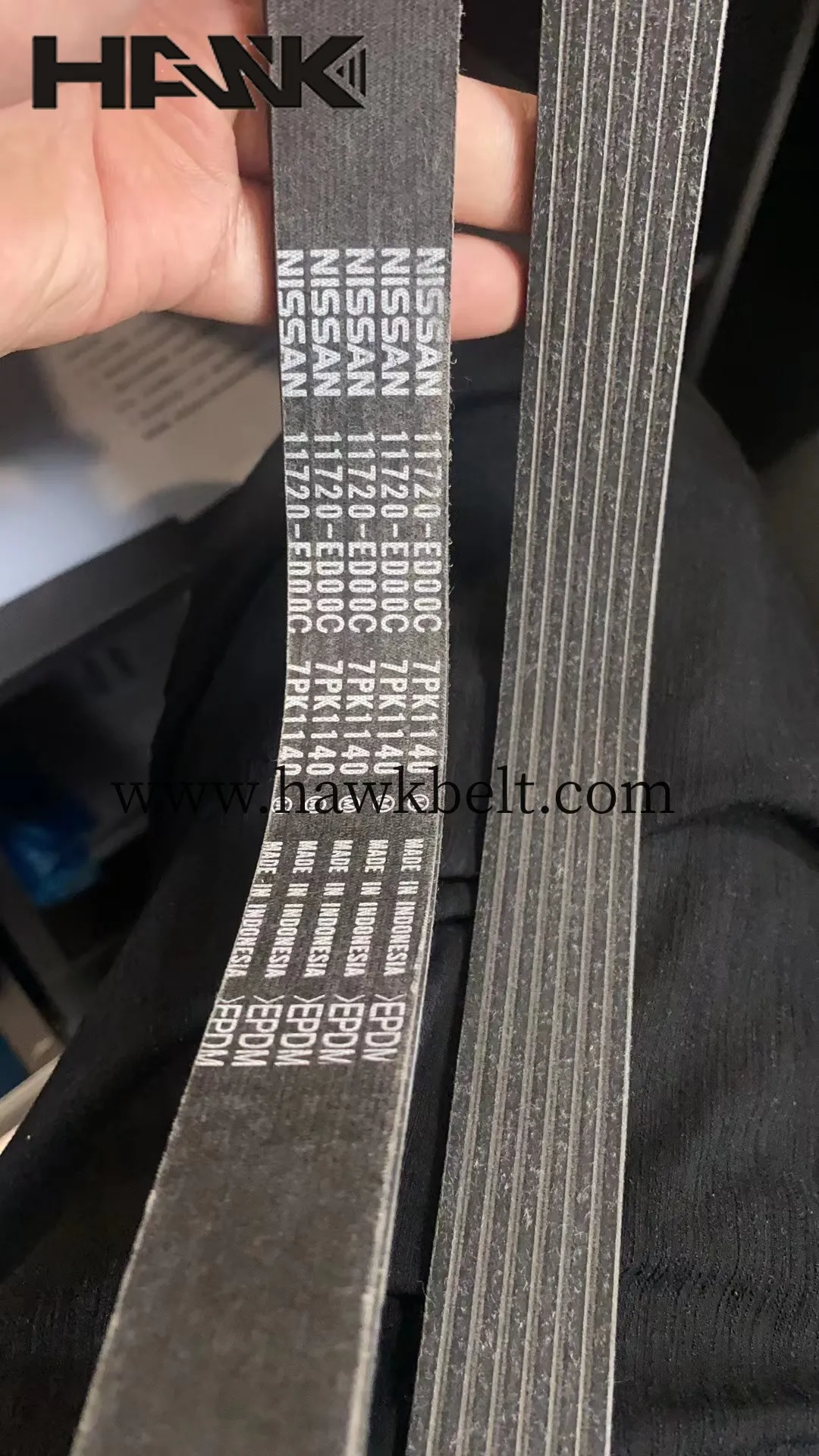- Arabic
- French
- Russian
- Spanish
- Portuguese
- Turkish
- Armenian
- English
- Albanian
- Amharic
- Azerbaijani
- Basque
- Belarusian
- Bengali
- Bosnian
- Bulgarian
- Catalan
- Cebuano
- Corsican
- Croatian
- Czech
- Danish
- Dutch
- Afrikaans
- Esperanto
- Estonian
- Finnish
- Frisian
- Galician
- Georgian
- German
- Greek
- Gujarati
- Haitian Creole
- hausa
- hawaiian
- Hebrew
- Hindi
- Miao
- Hungarian
- Icelandic
- igbo
- Indonesian
- irish
- Italian
- Japanese
- Javanese
- Kannada
- kazakh
- Khmer
- Rwandese
- Korean
- Kurdish
- Kyrgyz
- Lao
- Latin
- Latvian
- Lithuanian
- Luxembourgish
- Macedonian
- Malgashi
- Malay
- Malayalam
- Maltese
- Maori
- Marathi
- Mongolian
- Myanmar
- Nepali
- Norwegian
- Norwegian
- Occitan
- Pashto
- Persian
- Polish
- Punjabi
- Romanian
- Samoan
- Scottish Gaelic
- Serbian
- Sesotho
- Shona
- Sindhi
- Sinhala
- Slovak
- Slovenian
- Somali
- Sundanese
- Swahili
- Swedish
- Tagalog
- Tajik
- Tamil
- Tatar
- Telugu
- Thai
- Turkmen
- Ukrainian
- Urdu
- Uighur
- Uzbek
- Vietnamese
- Welsh
- Bantu
- Yiddish
- Yoruba
- Zulu
Aug . 21, 2024 02:24 Back to list
Innovative Approaches to Timing Belt Design for Enhanced Performance and Durability
Timing Belt Design A Critical Component in Mechanical Systems
Timing belts are a fundamental part of many mechanical systems, particularly in automotive engines and industrial machinery. Their primary function is to synchronize the rotation of shafts, ensuring that components such as camshafts and crankshafts work in harmony. The design of timing belts involves careful consideration of materials, geometry, and operational conditions to ensure efficiency and durability.
Material Selection
The choice of material for a timing belt is critical. Timing belts are typically made from rubber or polyurethane, reinforced with fibers such as polyester or fiberglass to enhance strength and flexibility. Rubber belts offer excellent durability and wear resistance, while polyurethane belts are favored for their higher strength-to-weight ratio and resistance to oil and chemicals. The selection is influenced by the operational environment of the belt—whether it will be exposed to extreme temperatures, humidity, or chemical substances.
Geometry and Tooth Profile
The geometry of a timing belt includes its width, thickness, and the shape of its teeth. The tooth profile is designed to ensure proper engagement with the pulleys, minimizing slippage and maximizing torque transfer. Common tooth profiles include trapezoidal, round, and square shapes, each suited for specific applications. For instance, trapezoidal teeth help in maintaining a secure grip under load, while round teeth may be used in lighter applications. Additionally, the pitch—the distance between the centers of two adjacent teeth—must be precisely calculated to ensure proper meshing with the pulley system.
Load and Tension Considerations
timing belt design

A key aspect of timing belt design involves understanding the loads the belt will encounter. Loads can be dynamic, resulting from the acceleration and deceleration of the system, or static, arising from constant forces acting on the belt. Designers must calculate the necessary tension to ensure the belt does not slip under load while also accounting for the effects of elongation over time. The tensioning mechanism is crucial; it should allow for adjustments as the belt wears, maintaining optimal performance throughout its lifespan.
Environmental Factors
Timing belts operate in varied environments, which can significantly impact their performance. Exposure to extreme temperatures, humidity, or corrosive substances can degrade materials, leading to premature failure. Designers must consider these factors during the design process, often incorporating protective covers or selecting materials specifically engineered for high-performance conditions.
Maintenance and Lifespan
While timing belts are designed for longevity, they do require maintenance and eventual replacement. Manufacturers typically provide guidelines on service intervals to help users maintain the mechanical systems. Regular inspection for signs of wear, such as cracking or fraying, can prevent unexpected failures that may lead to costly repairs. The design must facilitate easy access for maintenance checks, ensuring that operators can effectively manage the lifecycle of the belt.
Conclusion
In conclusion, timing belt design is an intricate process that combines material science, mechanical engineering, and environmental considerations. The effectiveness of a timing belt directly impacts the performance and reliability of the systems it serves. As technology advances, innovations in materials and design will continue to enhance the functionality of timing belts, making them even more robust and efficient. Proper attention to design details will not only extend the life of the belts but also improve the overall performance of the machinery, leading to greater reliability in a wide array of applications. Understanding and implementing effective timing belt design principles is essential for engineers and manufacturers alike in achieving optimal mechanical performance.
-
Upgrade Power Steering Pump Belt for Smooth, Quiet Operation
NewsAug.27,2025
-
Precision Timing Belt & Chain: Engine Performance & Durability
NewsAug.26,2025
-
Precision Lathe Drive Belts: Durable & Reliable Performance
NewsAug.25,2025
-
84.5 Serpentine Belt: Durable & Precision Fit for Your Engine
NewsAug.24,2025
-
Premium Ribbed Drive Belts for Quiet Power Transmission
NewsAug.23,2025
-
High-Performance Vehicle Timing Belt for Engine Precision
NewsAug.22,2025

